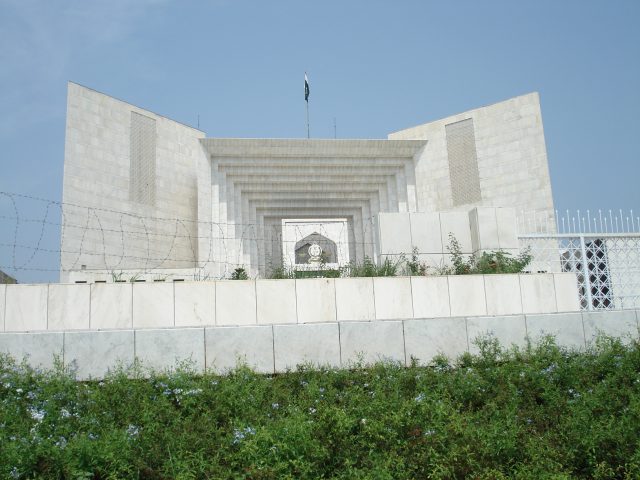BY PATRICK TUCKER

The Joint Chiefs’ vice chair says smaller-yield weapons are needed to deter the use of same.
The future of nuclear weapons might not be huge and mega destructive but smaller, tactical, and frighteningly, more common. The U.S. Air Force is investigating more options for “variable yield” bombs — nukes that can be dialed down to blow up an area as small as a neighborhood, or dialed up for a much larger punch.
The Air Force currently has gravity bombs that either have or can be set to low yields: less than 20 kilotons. Such a bomb dropped in the center of Washington, D.C., wouldn’t even directly affect Georgetown or Foggy Bottom. But a Minuteman III missile tipped with a 300-kiloton warhead would destroy downtown Washington and cause third-degree burns into Virginia and Maryland.
Throughout much the Cold War, the thinking in Washington and especially Moscow was that bigger yields was better: the more destruction, the more deterrence. This thinking drove the Soviet Union to build the most powerful bomb ever, the Tzar Bomba, whose 100,000 kilotons, detonated over DC, would burn Baltimore.















